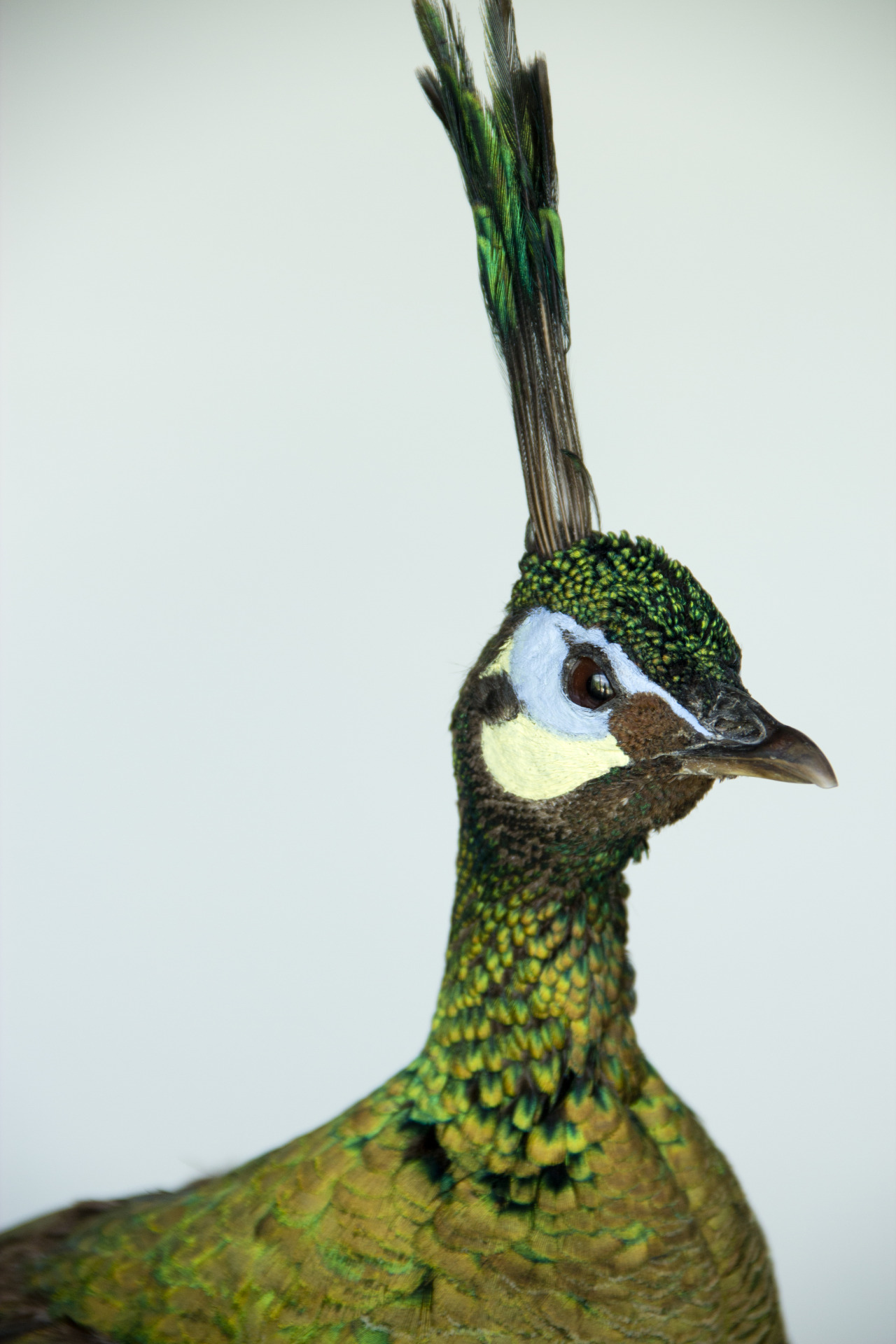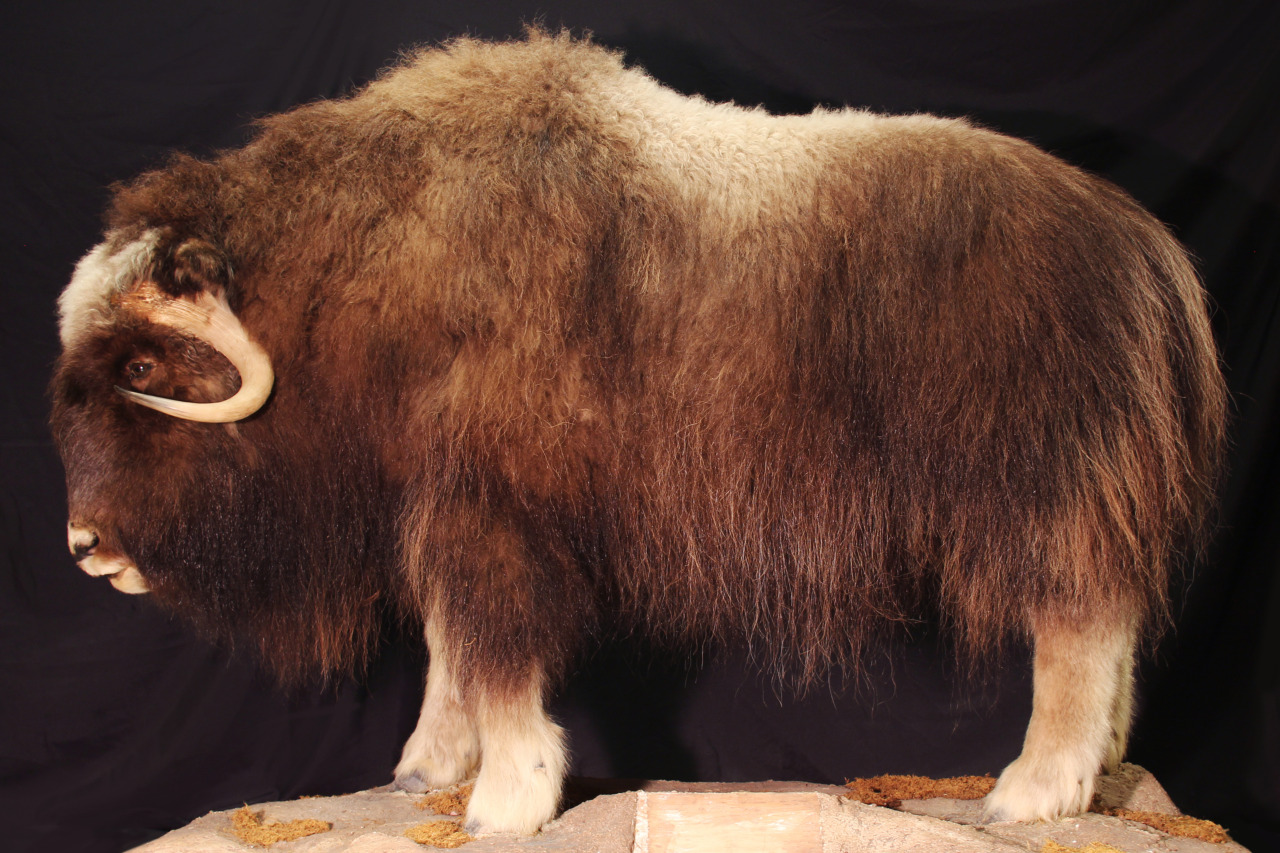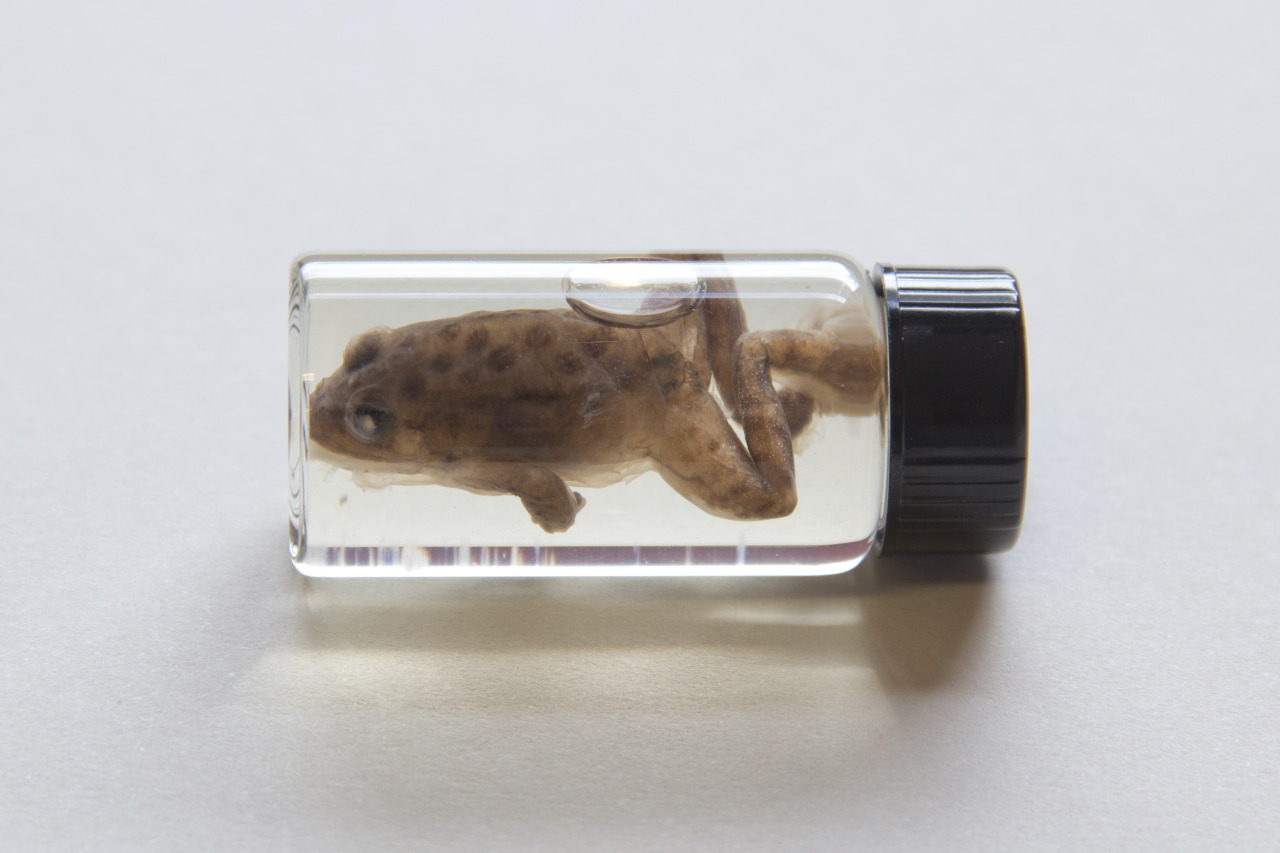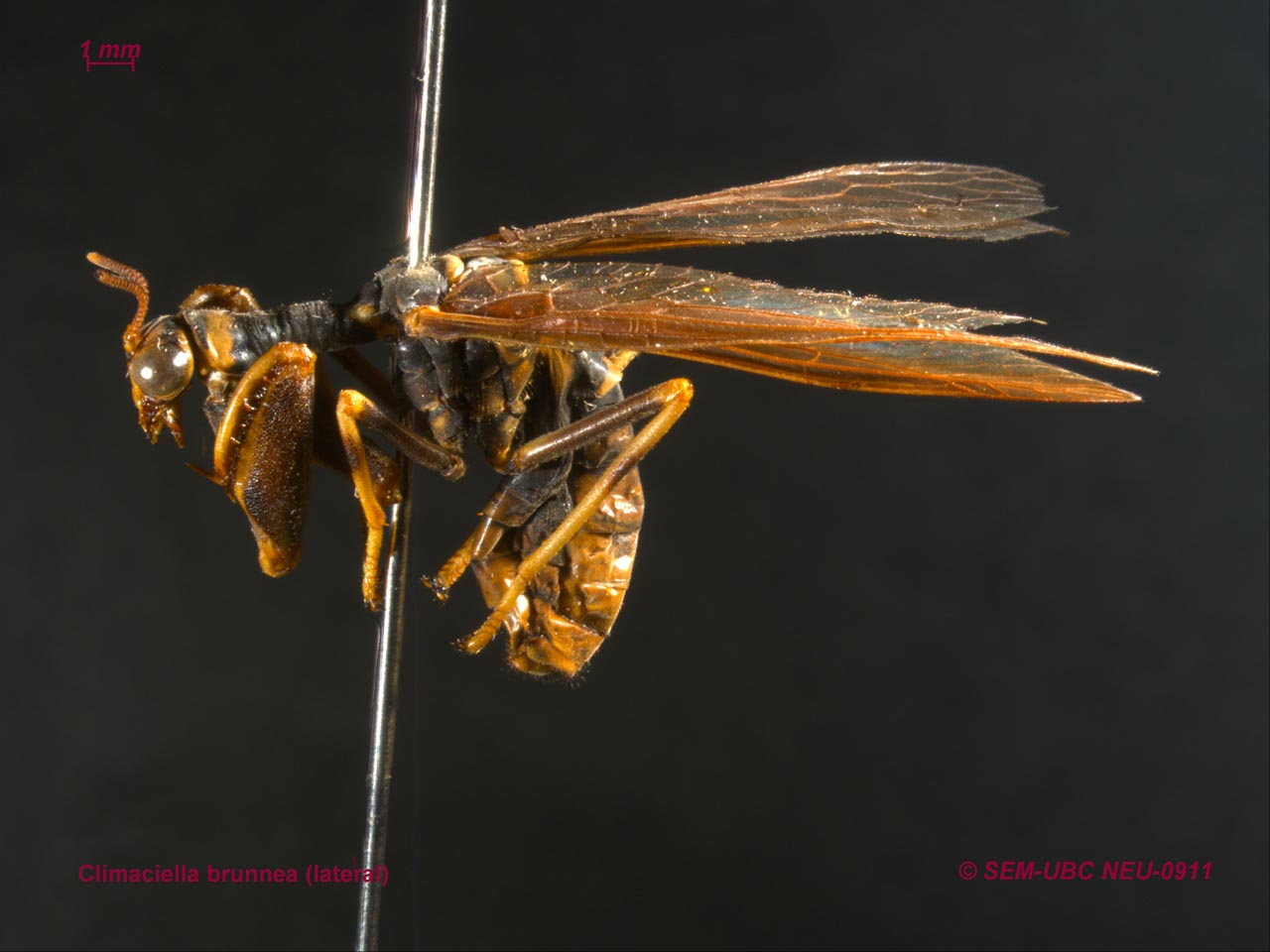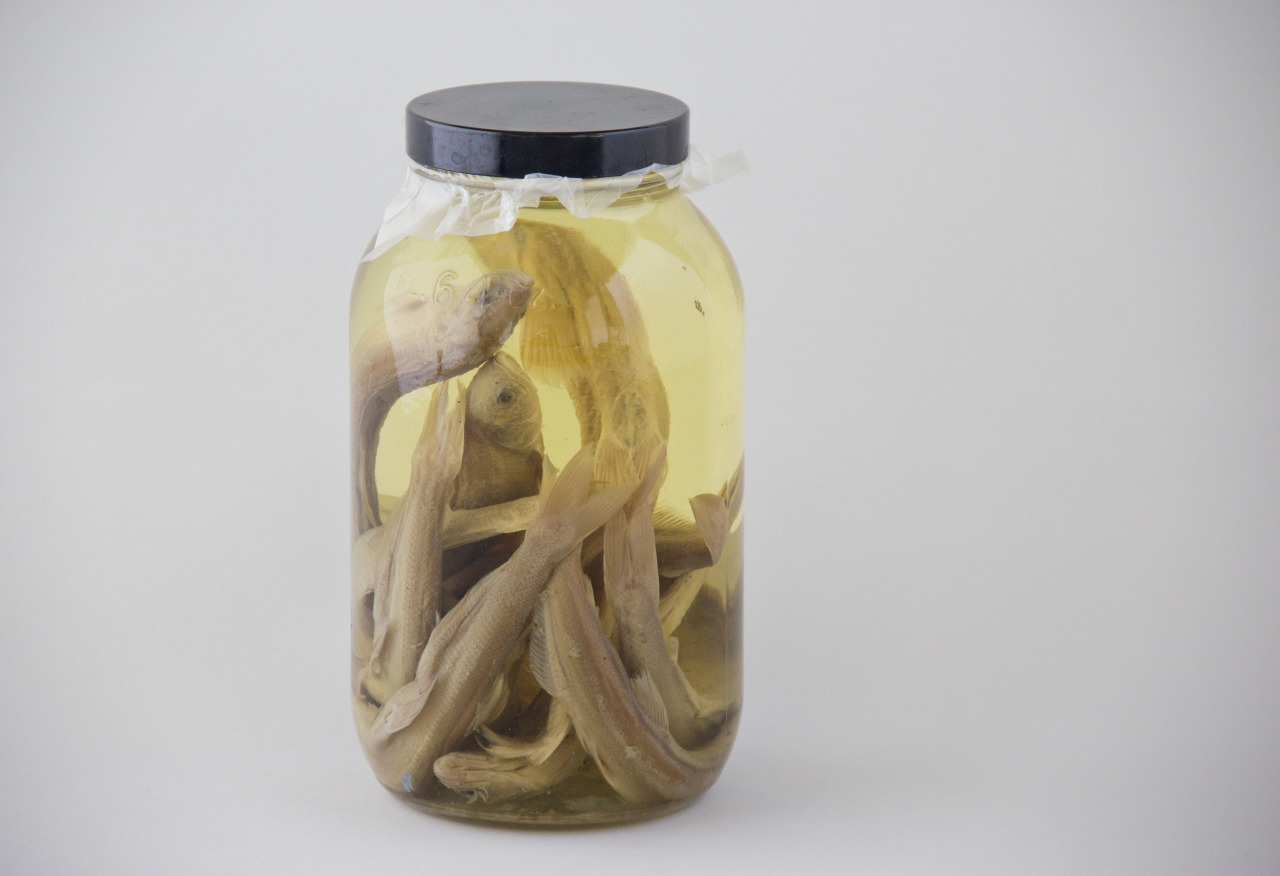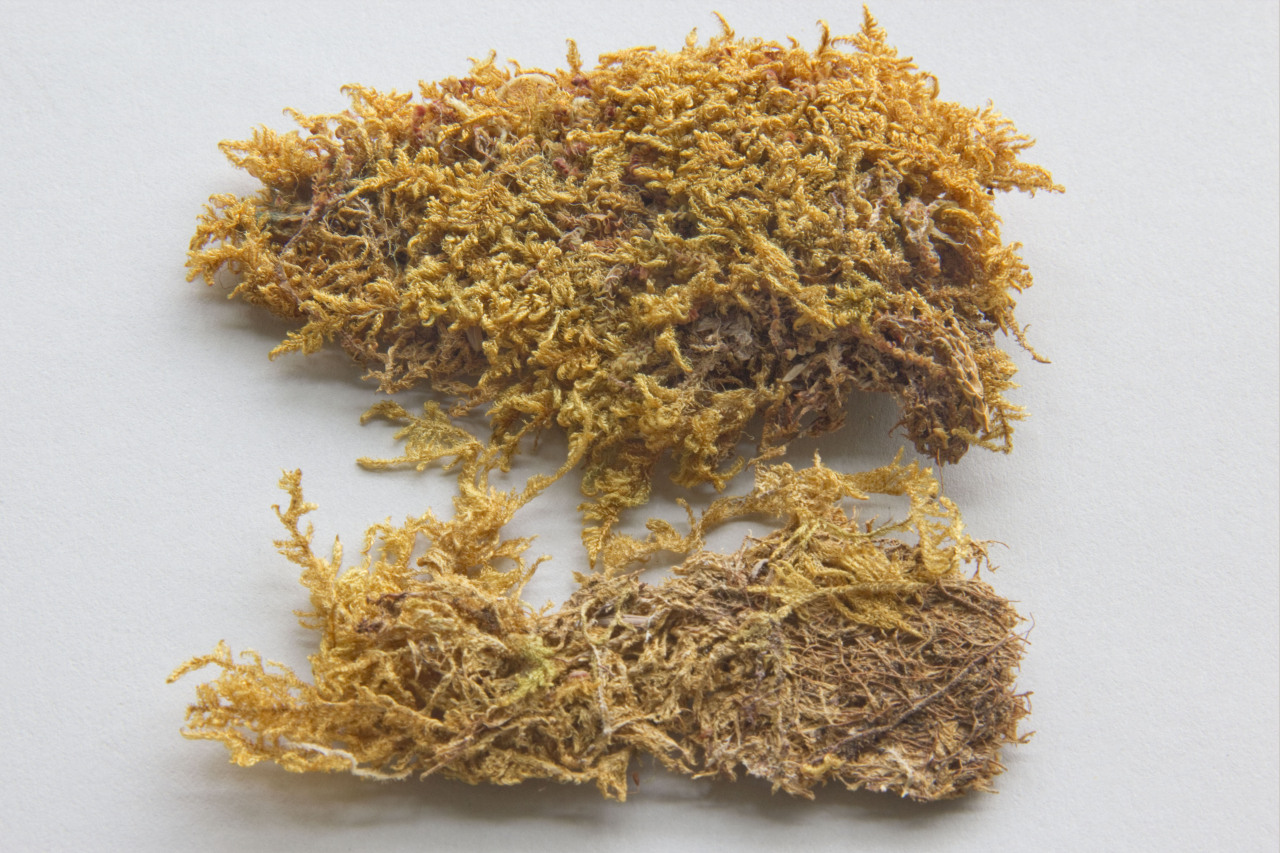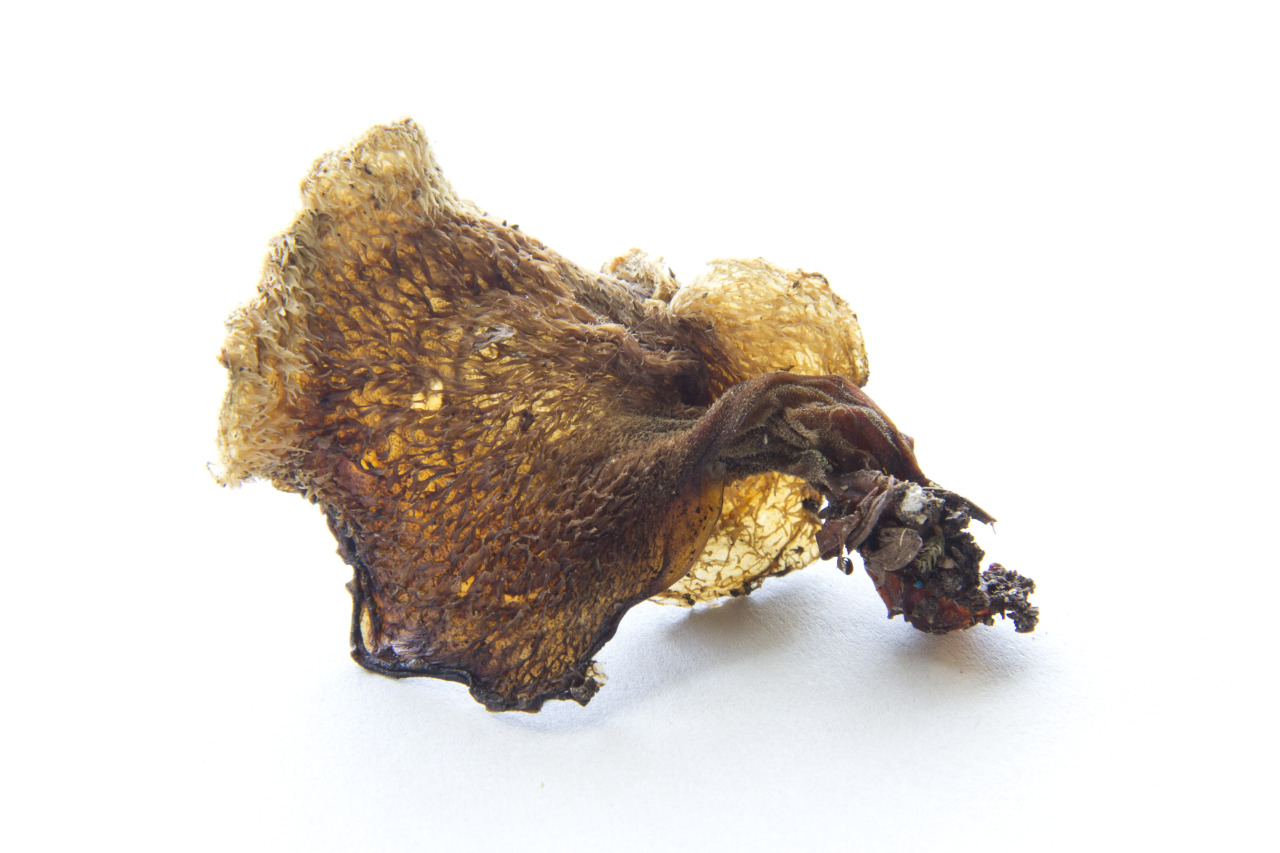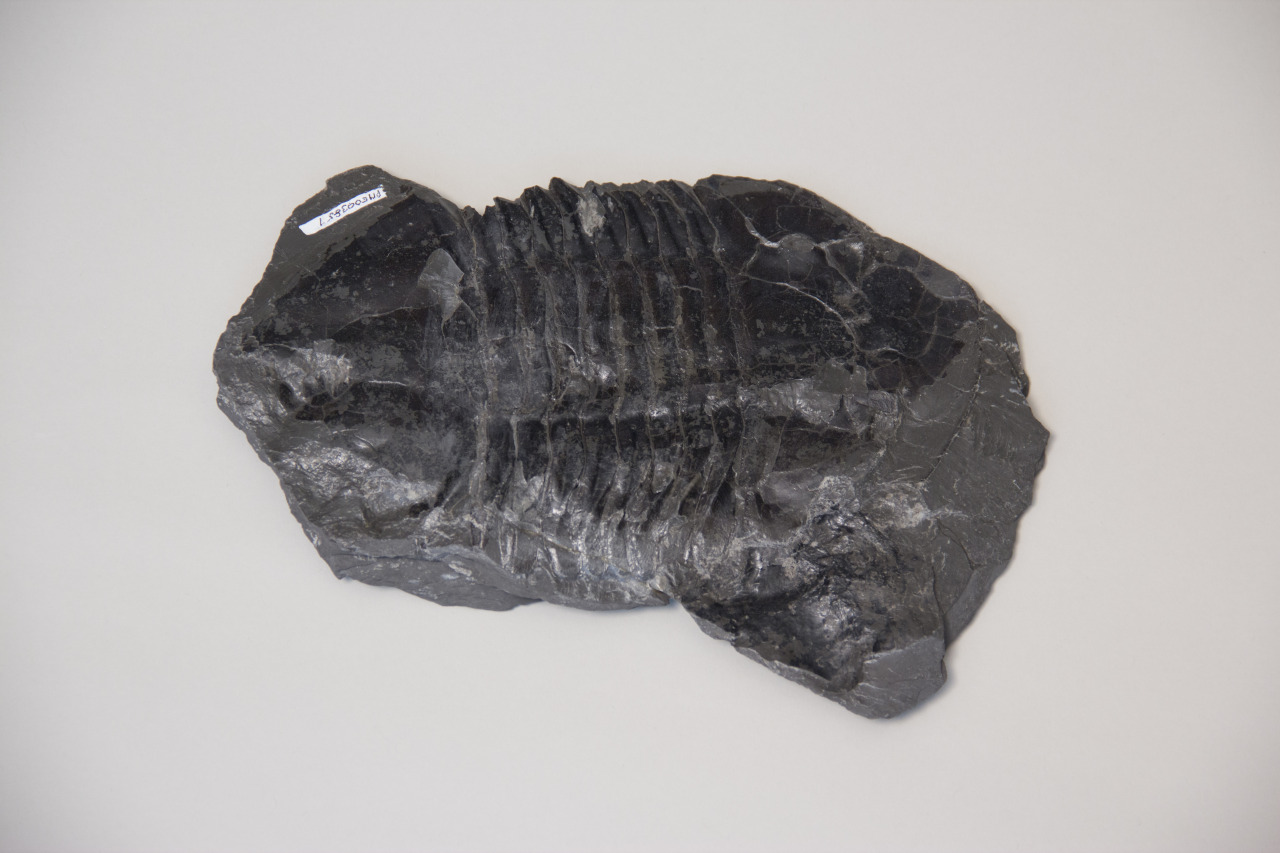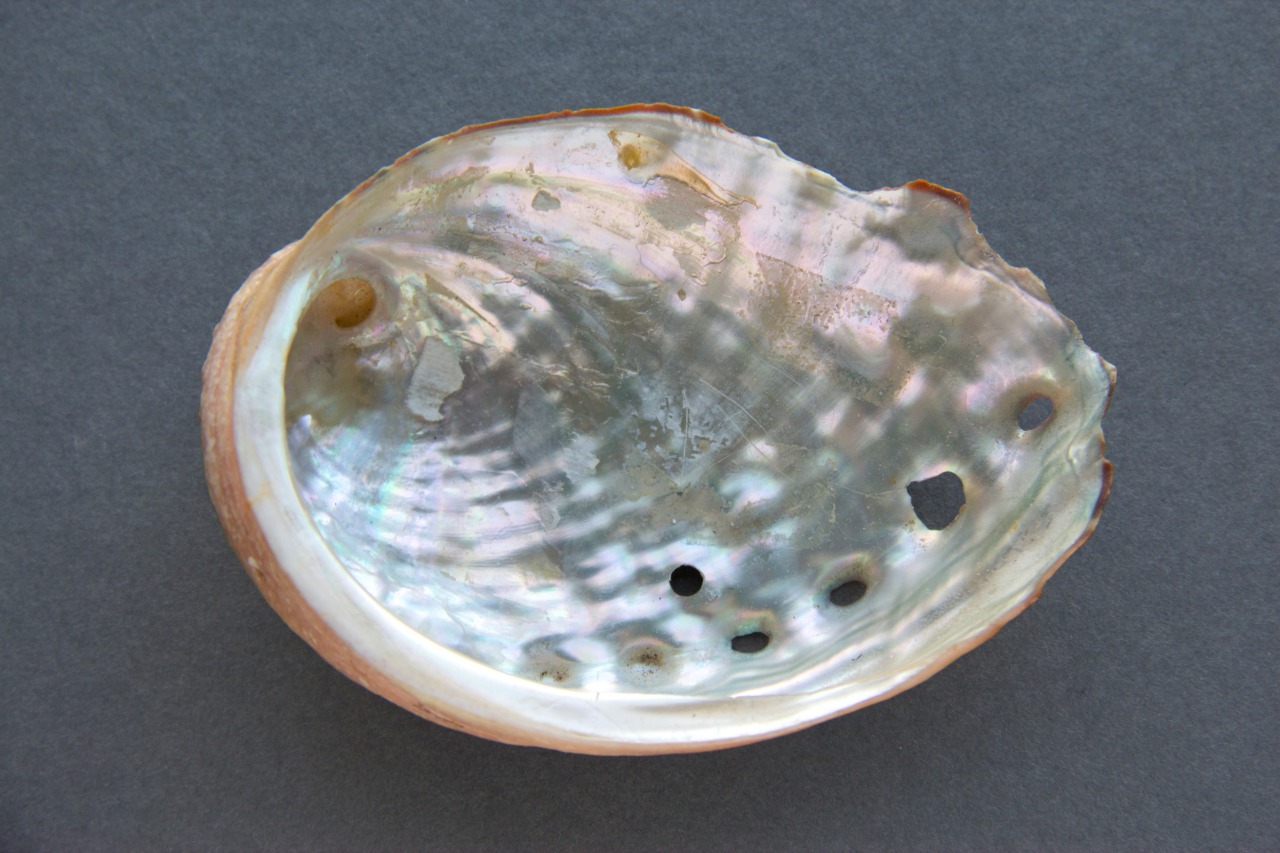The Cowan Tetrapod Collection avian holdings of 1,803 species represent 160 families is comprised of over 16,500 study skins, 820 skeletons, 600 mounts, and 7,735 egg clutches.
Datasets
Individual subunits of collections at the museum. Datasets allow you to download and cite data.
The Cowan Tetrapod Collection mammal holdings of 540 species in 95 families is comprised of over 20,000 specimens. Global in scope, the collection is especially strong in specimens collected from Western Canada and southern Africa.
The Cowan Tetrapod Collection herpetology holdings of 206 species is principally a North American synoptic collection. 84% of the living species known to occur in British Columbia are represented.
Over half a million pinned specimens, 75,000 alcohol-preserved specimens and 25,000 specimens on slides showcase BC and the Yukon’s spectacular insect diversity. Past collectors’ particular projects have shaped the collection, and have resulted in particularly strong holdings of Hemiptera (true bugs), Odonata (dragonflies and damselflies), Siphonaptera (fleas) and Anoplura and Mallophaga (lice).
The UBC-BBM Fish Collection (University of British Columbia, Beaty Biodiversity Museum, UBFC), was begun by Dr. C. McLean Fraser in the Department of Zoology in the 1910s. It was officially created in 1945 when the cataloguing was started. It has been managed by different UBC institutes and departments until 2010 when the BBM was created. The computerization started in 1975. The oldest specimen was collected in 1903.
This dataset includes all digitized algae in the UBC collection, encompassing approximately 80% of the collection. The algal collection is composed of mainly macroscopic algae, with significant representation of seaweeds of the Northeast Pacific Ocean. The collection also includes packages of organisms such as diatoms, dinoflagellates, and water moulds. Some blue-green algae are also represented.
The UBC bryophyte collection houses mosses, liverworts, and hornworts and is a tribute to the career of Dr. Wilf Schofield, who came to UBC in 1960. Professor Schofield was the first bryologist hired at a Canadian university. When he started at UBC, the collection included roughly 3,000 specimens. As a result of Dr. Schofield’s efforts and those of his students and post-doctoral researchers, the collection has grown to over 250,000 specimens, a considerable legacy.
This dataset includes all digitized fungi in the UBC collection, encompassing approximately 95% of the collection. Fungi are organisms with nuclei-containing cells that get their nutrients by breaking down organic material. Lichens are symbiotic associations between certain types of fungi and algae. The fungi are the structure ‘house’ and the algae make the food ‘chief’ by photosynthesizing.
With 40,000 lichen specimens catalogued to date, the UBC Herbarium houses one of the largest lichen collections in western North America. We have a very solid macrolichen collection, with a strong focus on cyanolichens, especially the genus Peltigera. For this genus, at least, this is certainly the largest collection in North America.
This dataset includes a small fraction of the total collection, which is now being digitized. More specimens will be added to this dataset as they become available.
The Marine Invertebrate collection of the University of British Columbia was started in the 1940s with alcohol-preserved specimens collected by Dr. C. McLean Fraser and Dr. Ian McTaggart-Cowan. Primarily used for teaching, the collection eventually grew to several thousand specimens representing the major lineages of invertebrate animals.
This dataset includes all digitized vascular plants in the UBC collection, encompassing approximately 68% of the collection. The UBC Herbarium has one of the world’s largest collections of British Columbia vascular plants and is worldwide in scope. At present, the collection includes more than 235,000 accessioned specimens.
